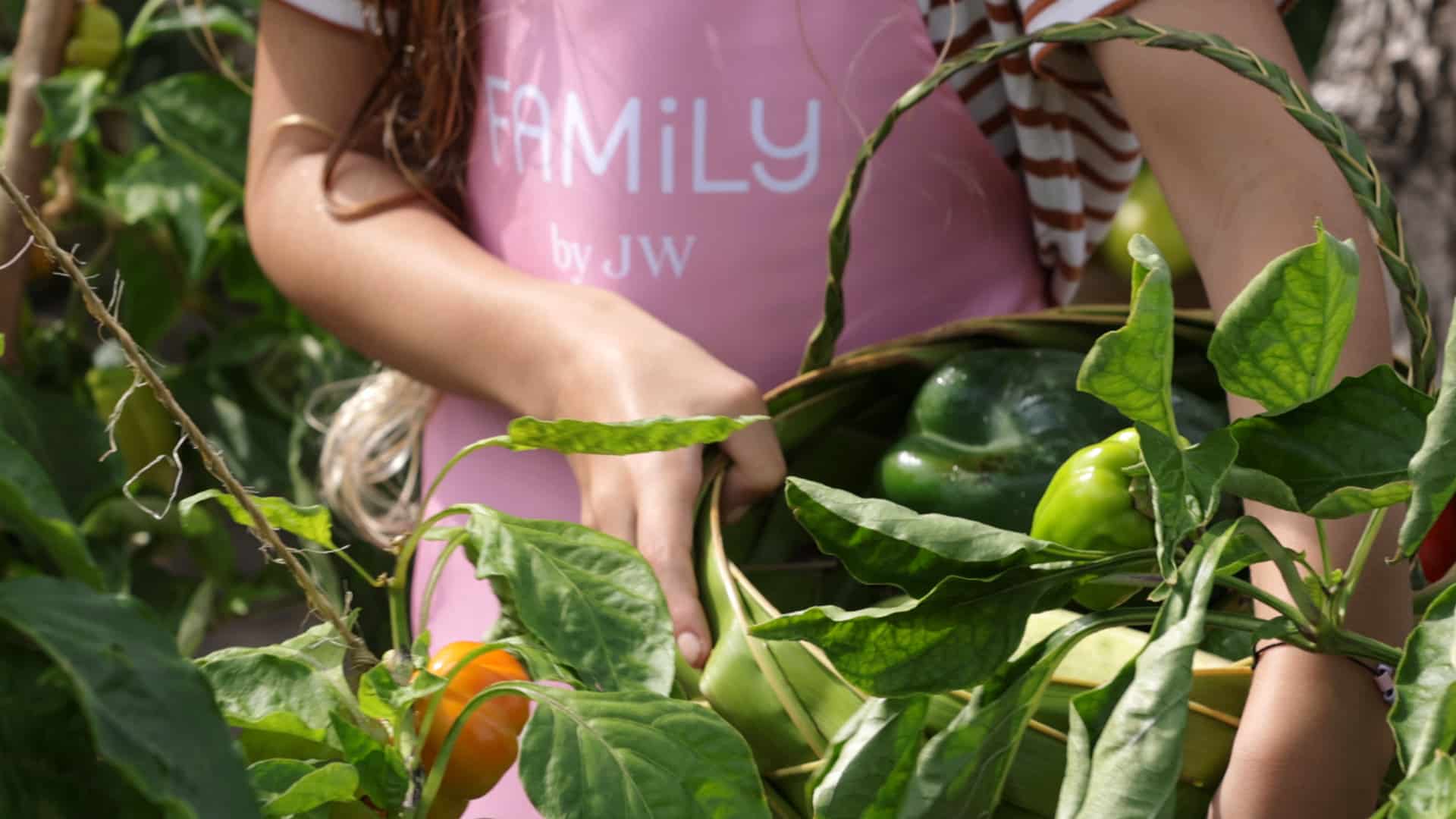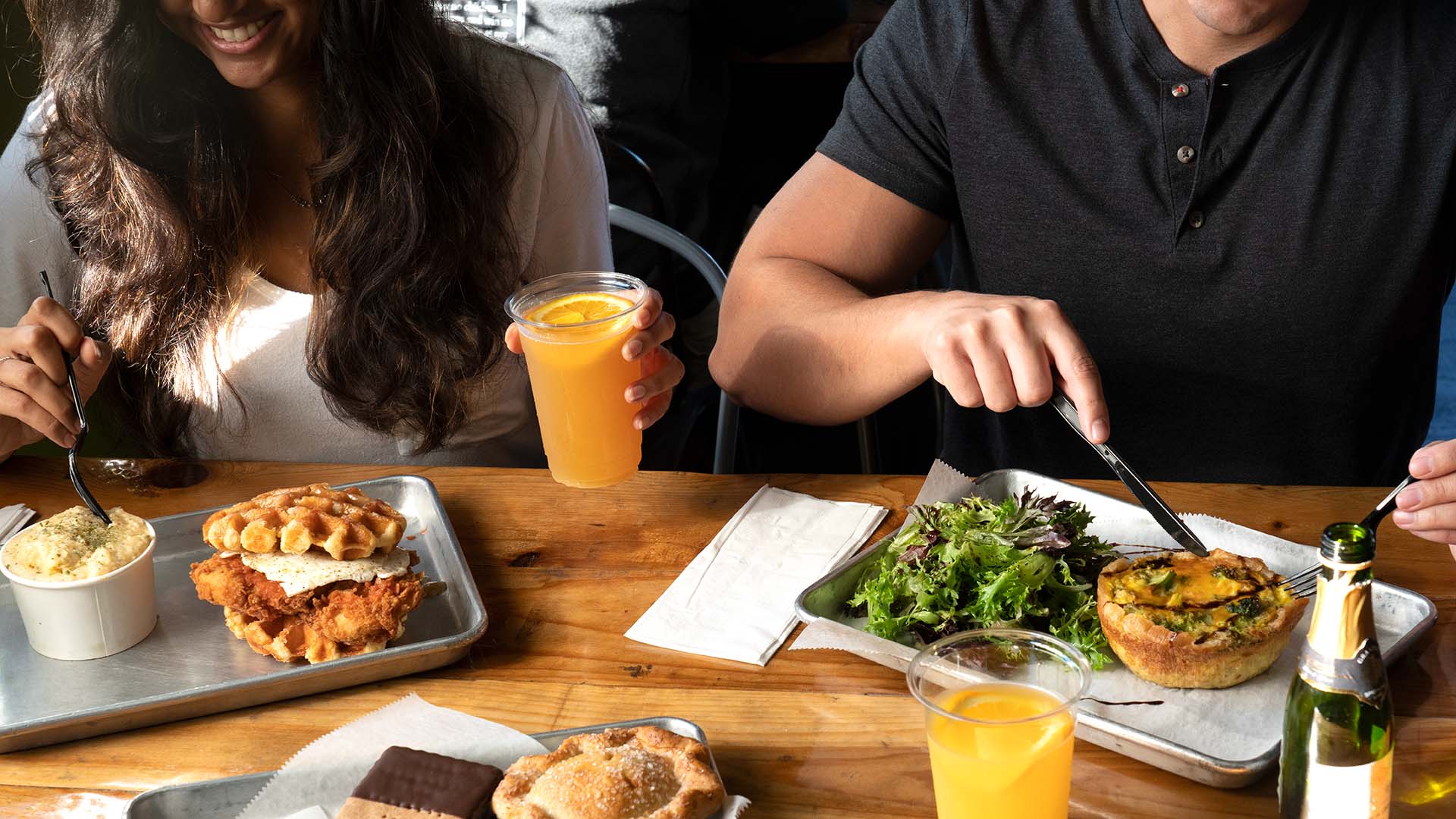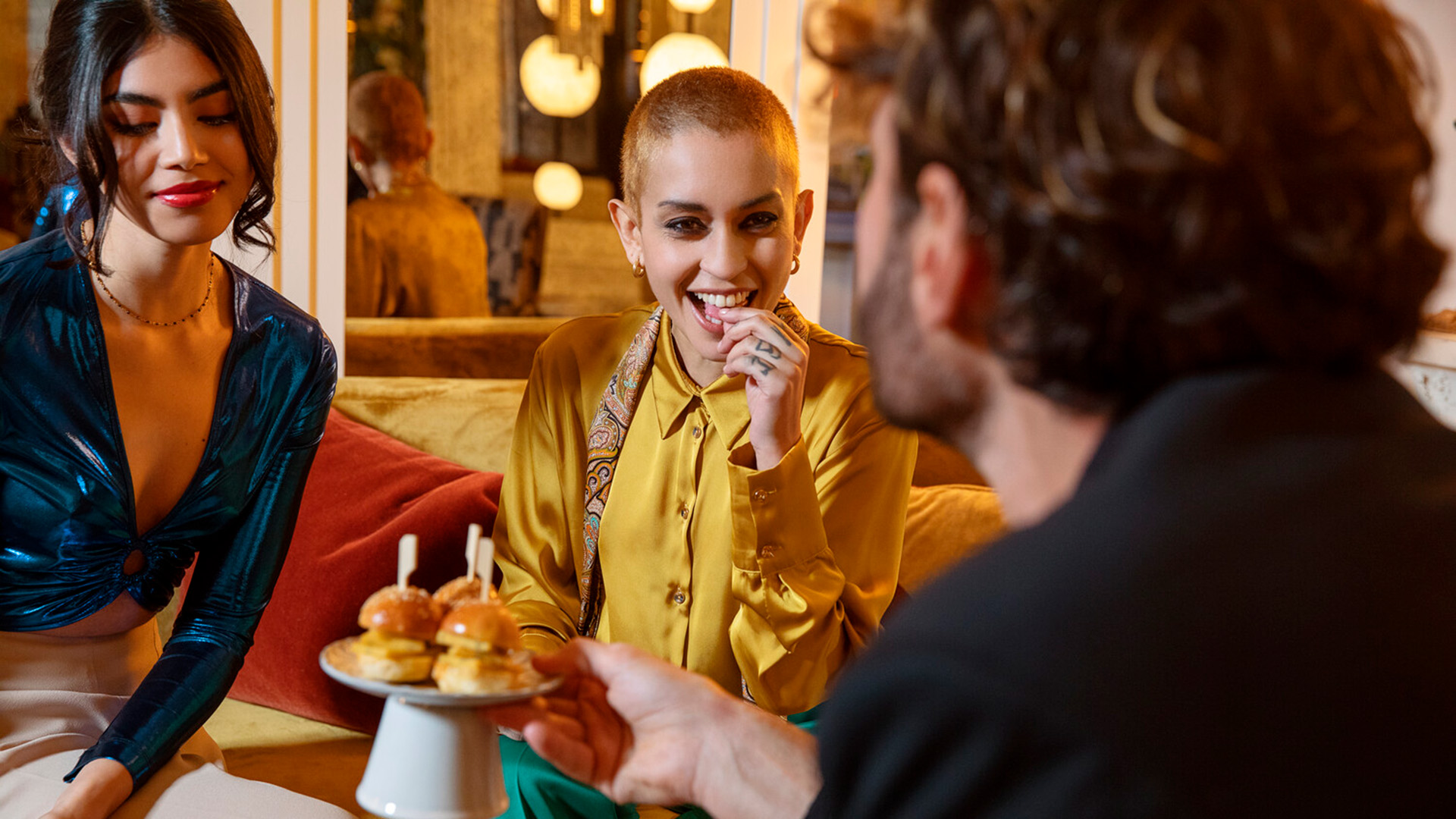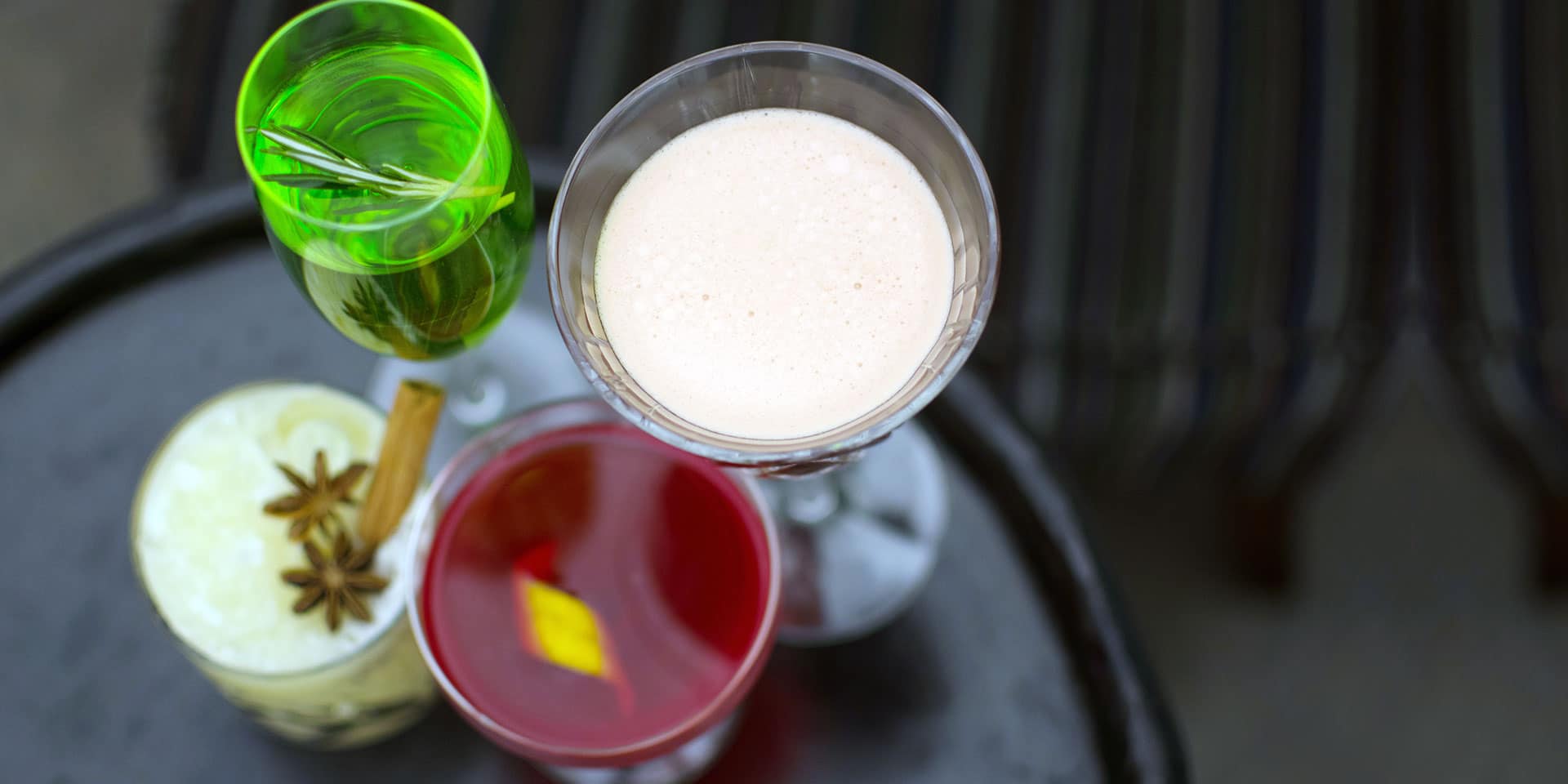
Not a beer fan? Not to worry. Prague has you covered with plenty of options. (Photo: Getty Images)
Eat + DrinkDrinking in Prague? Try the Booze to Imbibe in Bohemia Besides Beer
By David FarleyThe Czechs didn’t invent beer, but it would be understandable if you thought so after a visit to Prague or other Czech towns. After all, pilsner-style lager was invented in — wait for it — the town of Plzen, home to the famed brewery Pilsner Urquell. Czechs, in fact, drink more beer per capita than any other nation on the planet.
It would also be understandable, then, if your visit made you think the Czechs drink nothing but this delicious, golden-hued, frothy beverage. But it turns out there are a few other libations worth imbibing during a visit to Bohemia, the western half of the Czech Republic (of which Prague is the capital).
Did you know, for example, the Czechs produce a boozy beverage they consider “medicinal”? Or that they carried the flame of a potent libation when it was banned nearly everywhere else in the world? Or that the budding Czech wine industry produces a unique wine-based drink that is as addictive as it is intoxicating?
Read on and you’ll be sipping a lot more than beer on your next visit to Bohemia.
The Young
The burgeoning Czech wine scene — most vineyards blanket the low-rolling hills of southern Moravia (the eastern half of the country) on the Czech-Austrian border — has a secret.
Walk around any Czech town or village in September and you’ll see signs outside of pubs and wine bars with the name burčak scrolled across them. Pronounced bur-chak, it’s untranslatable but is sometimes referred to as “young wine.”
Czech winemakers take a bunch of just-pressed grape juice, add ample amounts of sugar and ferment it for a few weeks. The result is not exactly wine and not exactly grape juice anymore. Instead, it’s … burčak.
There isn’t really another word for it, except for what the Austrians, who make it too, call it: sturm. It’s a very quaffable, very affordable beverage — and that it’s only available for a few weeks in September makes it extra special when it suddenly becomes ubiquitous.
But one word of warning: Because the beverage is still fermenting, even when it’s in your glass, even when it’s in your belly, it has a proclivity of sneaking up on you. When your head hits the pillow later that night, you may be slightly more tipsy than you thought you’d be.
The Dangerous
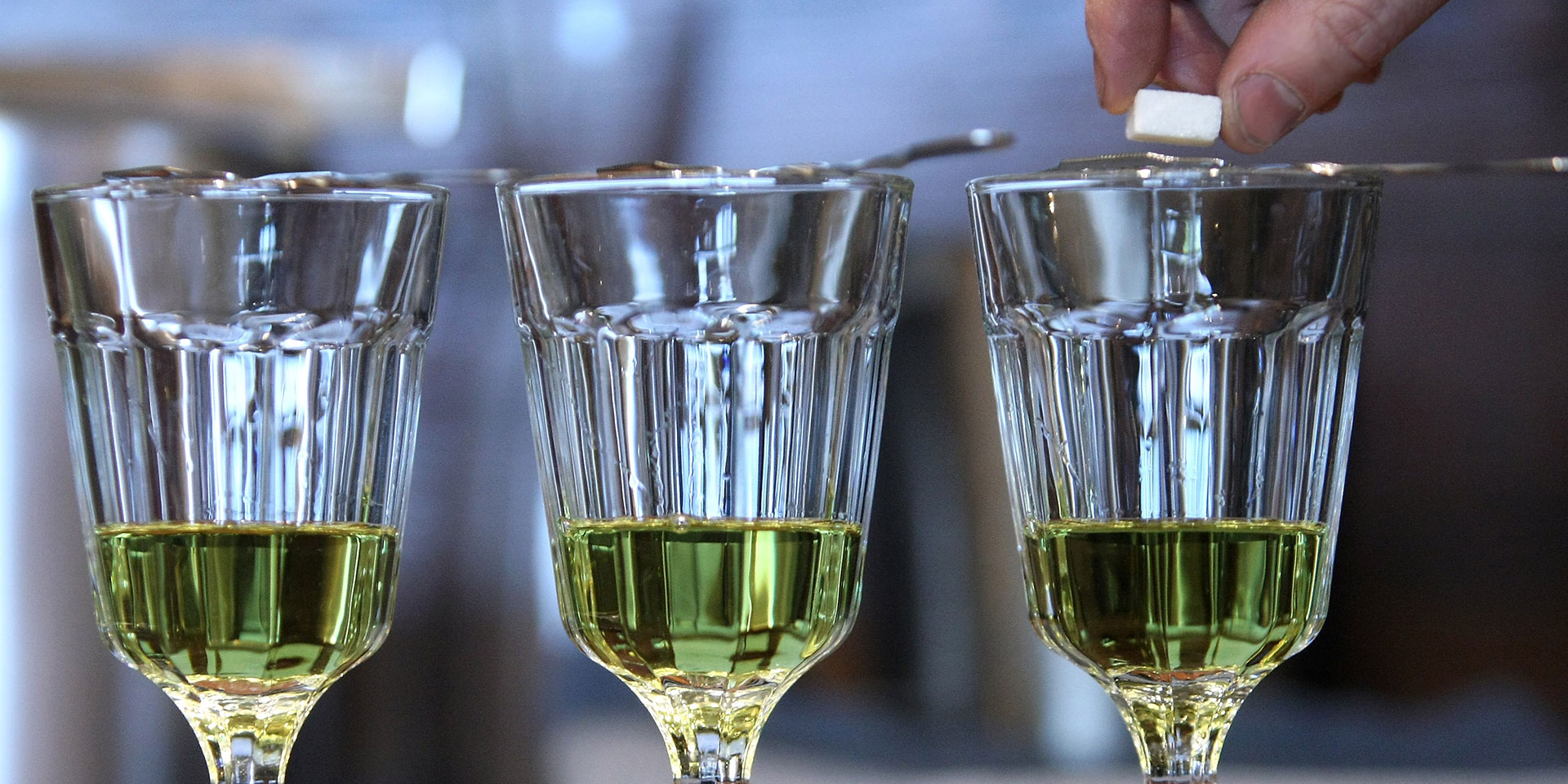
Until 2007 absinthe was only legal in Spain, Portugal and the Czech Republic. The “green fairy” is known as the potent punch that makes you hallucinate or, if you’re named Vincent van Gogh, the concoction that perhaps might inspire you to slice off an earlobe.
Absinthe, the storied legendary libation that was initially famous in France and Switzerland, can now be ordered in many bars across North America and Europe. But the Czechs have been making it for much of the 20th century, too.
And at 70 proof, it’s dangerously strong. Unlike North American absinthe makers, the makers of the “green fairy” in this Central European nation keep much of the wormwood — the ingredient that makes you go a bit nutty (see: van Gogh) — in the drink.
So sip with caution. They also have a unique way of imbibing it in Bohemia: The potential crazed drinker is given a spoon, sugar and a lighter or matches to accompany the small glass of green absinthe. Sprinkle some sugar on the spoon, dip it in the absinthe and then set it on fire. It’s quite the flaming spectacle.
This is not recommended for people who don’t like being stared at in bars. After the sugar is caramelized, blow out the flame and stir it into the drink. Et voila! Your absinthe is ready to make you go mad.
The Herbal
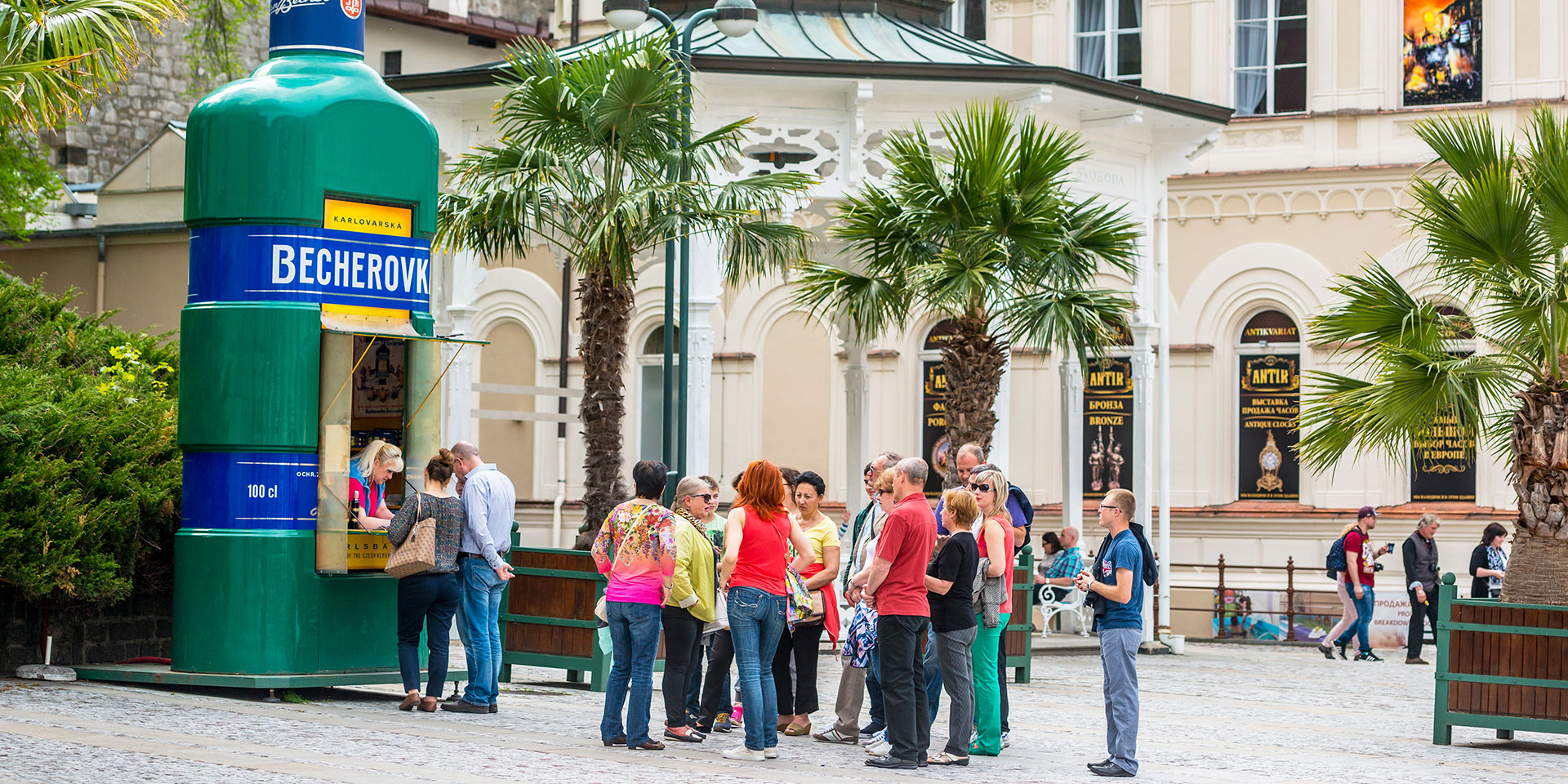
For those who want to stick to something relatively safe and away from the potential hazards of burčak and absinthe, there’s a solution.
Ask most Czechs about Becherovka (pronounced Bekh-er-ofka), and they’ll tell you how it’s a panacea for whatever ails you, that doctors used to (and maybe still do) prescribe it, and that it’s maybe the most delicious drink ever created.
It all began in 1807 in the northern Bohemian spa town of Karlovy Vary (or Carlsbad, in German). There, pharmacist Josef Becher used to enjoy spending his free time mixing herbs and alcohol (because who doesn’t?), and one day he stumbled upon the perfect recipe. And Becherovka, as it came to be known, was born.
But said recipe is a secret to everyone but two people today — two is a strategic number because if one of the Becherovka makers, say, drinks too much absinthe and dies, he’s also taking the secret recipe with him to the grave.
So there’s backup in the form of another human holding the secret recipe. Becherovka definitely contains the medicinal water of Karlovy Vary, but after that it’s anyone’s guess. There are hints of cinnamon and ginger, but ultimately it tastes like someone melted down a conical forest during the holidays and poured it into a glass.
If that cinnamon-clove-forest-whatever-it-is flavor is too potent for your palate, mix it into a cocktail. A Beton — 2 ounces of Becherovka plus 5 ounces of tonic (Get it? Be-ton.) — is a watered-down but effervescent drink you can nurse for a spell.





